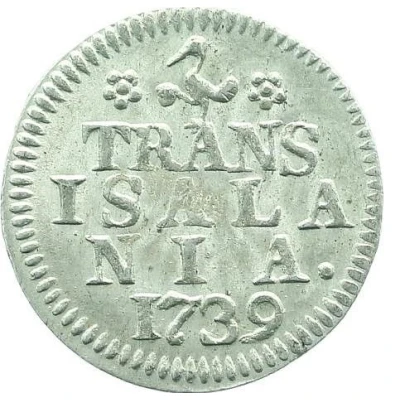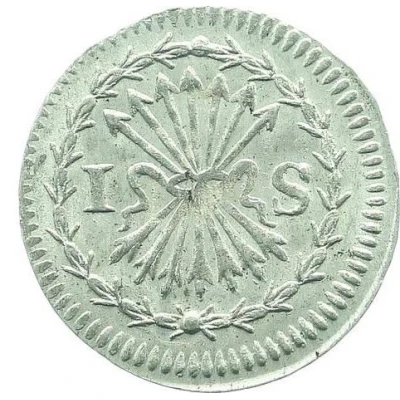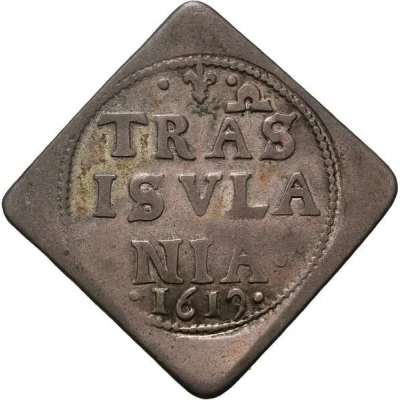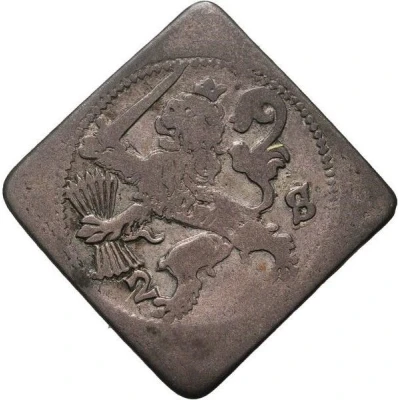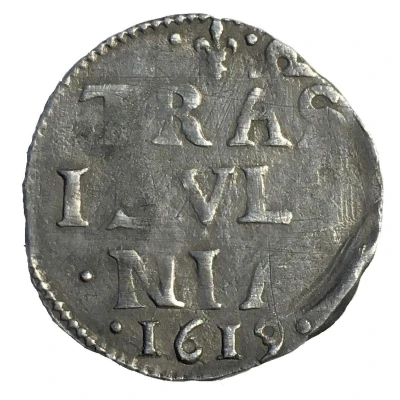
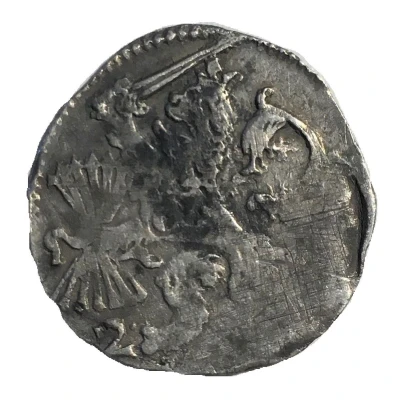

© Infierno
2 Stivers
| Silver (.583) | 1.73 g | 20 mm |
| Issuer | Province of Overijssel (Dutch Republic) |
|---|---|
| Type | Standard circulation coin |
| Years | 1612-1634 |
| Value | 2 Stuivers (0.1) |
| Currency | Gulden (1581-1795) |
| Composition | Silver (.583) |
| Weight | 1.73 g |
| Diameter | 20 mm |
| Shape | Round (irregular) |
| Technique | Hammered |
| Demonetized | Yes |
| Updated | 2024-10-06 |
| Numista | N#108619 |
|---|---|
| Rarity index | 78% |
Reverse
Rampant lion facing left holding sword and arrows, dividing value
Script: Latin
Lettering: 2 S
Translation: 2 Stuivers
Comment
Known as dubbele stuiverKrause lists these additional dates which are not confirmed by other catalogs specializing in coins of the Dutch Republic:
1612, 1614, 1615, 1620, 1627, 1629, 1630, 1631
Several mint marks were used; coin shown has the mintmark of Deventer en the lilly of mintmaster Johan Weijntgens
[*]Lily (main photos)
Arms of Zwolle:
© Heritage Auctions Europe
Arms of Overijssel/Hasselt
[/list]
Interesting fact
The 2 Stivers coin was used as a means of payment for everyday transactions, and its design was meant to symbolize the wealth and prosperity of the Dutch Republic during its Golden Age. The coin features an image of a lion, which represents the strength and power of the Dutch Republic, and on the reverse side, there's an image of a shield with the coat of arms of the Province of Overijssel. The use of silver in the coin's minting process was a deliberate choice, as it was a valuable and durable metal that was widely accepted as a medium of exchange. Despite its small size and relatively low value, the 2 Stivers coin played an important role in the economy of the Dutch Republic during its time.
